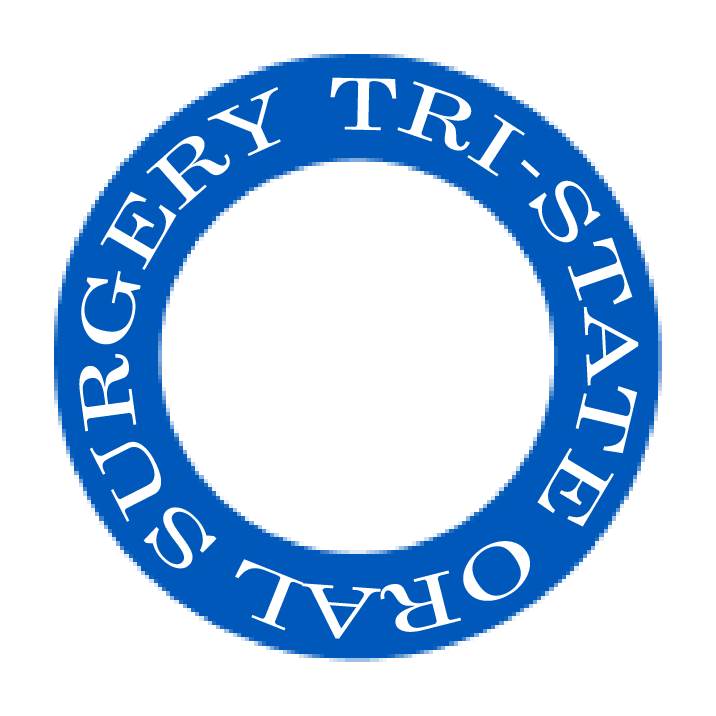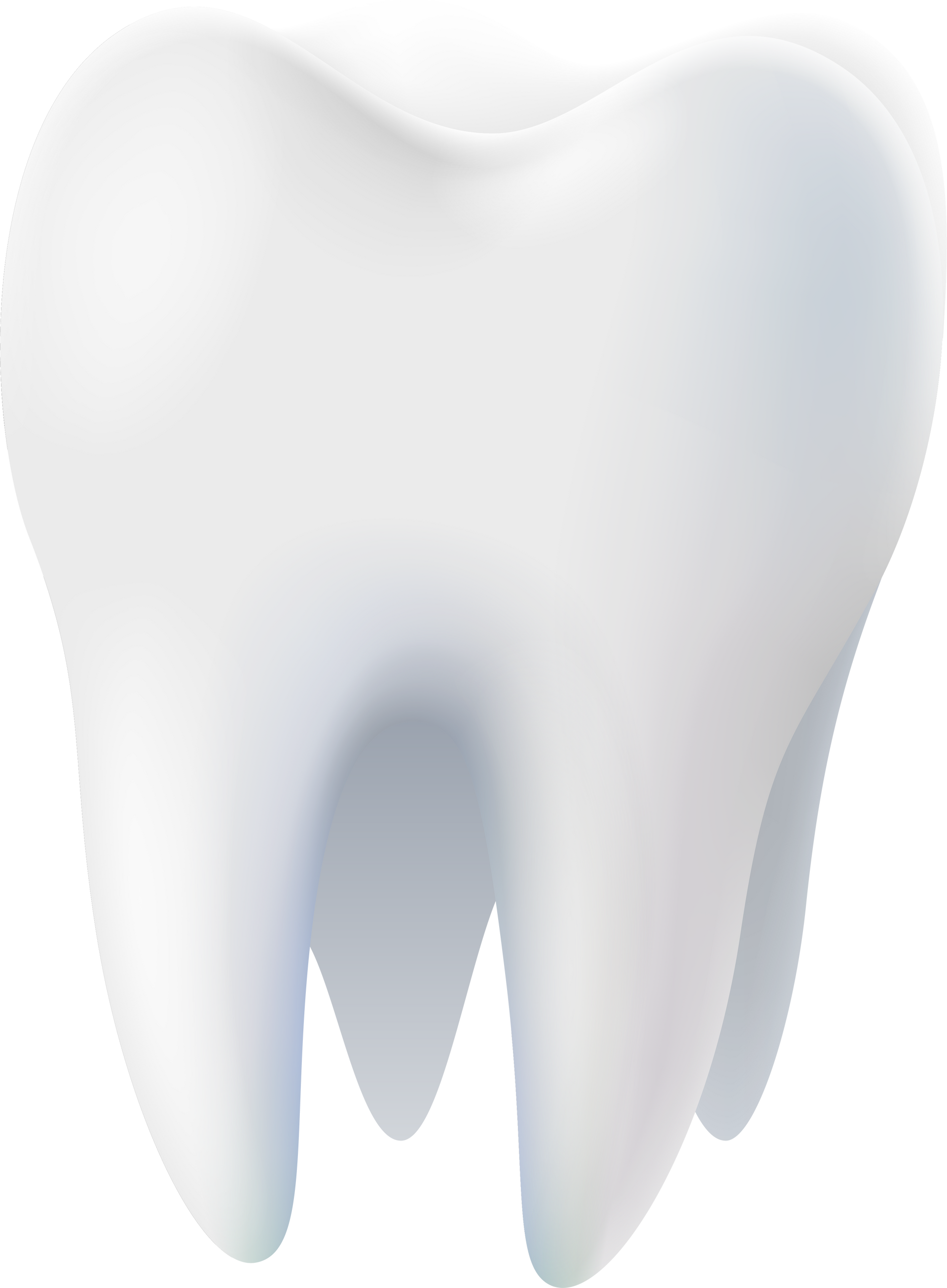Bone Grafting
+ PROCEDURES
A Permanent Solution for Missing Teeth
At Tri-State Oral Surgery, dental implants offer a long-lasting, natural-looking solution for missing teeth. Our experienced surgical team uses advanced techniques to ensure that your dental implants not only restore your smile but also improve your ability to chew and speak confidently.
Natural Look and Feel
Dental implants are designed to mimic natural teeth, providing a seamless appearance and restoring the function of your bite.
Long-Lasting Durability
With proper care, dental implants can last a lifetime, offering a reliable and permanent solution to missing teeth.
Improved Oral Health
By preserving jawbone structure and preventing bone loss, implants support long-term oral health and help maintain facial structure.


Major and Minor Bone Grafting
Over a period of time, the jawbone associated with missing teeth atrophies or is reabsorbed. This often leaves a condition in which there is poor quality and quantity of bone suitable for placement of dental implants.
Today, we have the ability to grow bone where needed. This not only gives us the opportunity to place implants of proper length and width, it also gives us a chance to restore functionality and aesthetic appearance.
Major Bone Grafting
Sinus Lift Procedure
Ridge Expansion
Nerve Repositioning
The sinus graft makes it possible for many patients to have dental implants when years ago there was no other option other than wearing loose dentures.
If enough bone between the upper jaw ridge and the bottom of the sinus is available to stabilize the implant well, sinus augmentations and implant placement can sometimes be performed as a single procedure. If not enough bone is available, the Sinus Augmentation will have to be performed first, then the graft will have to mature for several months, depending upon the type of graft material used. Once the graft has matured, the implants can be placed.
Bone grafting can repair implant sites with inadequate bone structure due to previous extractions, gum disease, or injuries. The bone is either obtained from an animal source or your own bone is taken from the jaw, hip, or tibia (below the knee.) Sinus bone grafts are also performed to replace bone in the posterior upper jaw. In addition, special membranes may be utilized that dissolve under the gum and protect the bone graft and encourage bone regeneration. This is called guided bone regeneration or guided tissue regeneration.
Major bone grafts are typically performed to repair defects of the jaws. These defects may arise as a result of traumatic injuries, tumor surgery, or congenital defects. Large defects are repaired using the patient’s own bone. This bone is harvested from a number of different sites depending on the size of the defect. The skull (cranium), hip (iliac crest), and lateral knee (tibia) are common donor sites. These procedures are routinely performed in an operating room and require a hospital stay.
The maxillary sinuses are behind your cheeks and on top of the upper teeth. Sinuses are like empty rooms that have nothing in them. Some of the roots of the natural upper teeth extend up into the maxillary sinuses. When these upper teeth are removed, there is often just a thin wall of bone separating the maxillary sinus and the mouth. Dental implants need bone to hold them in place. When the sinus wall is very thin, it is impossible to place dental implants in this bone.
There is a solution and it’s called a sinus graft or sinus lift graft. The dental implant surgeon enters the sinus from where the upper teeth used to be. The sinus membrane is then lifted upward and donor bone is inserted into the floor of the sinus. Keep in mind that the floor of the sinus is the roof of the upper jaw. After several months of healing, the bone becomes part of the patient’s jaw and dental implants can be inserted and stabilized in this new sinus bone.
In severe cases, the ridge has been reabsorbed and a bone graft is placed to increase ridge height and/or width. This is a technique used to restore the lost bone dimension when the jaw ridge gets too thin to place conventional implants. In this procedure, the bony ridge of the jaw is literally expanded by mechanical means. Bone graft material can be placed and matured for a few months before placing the implant.
The inferior alveolar nerve, which gives feeling to the lower lip and chin, may need to be moved in order to make room for placement of dental implants to the lower jaw. This procedure is limited to the lower jaw and indicated when teeth are missing in the area of the two back molars and/or and 2nd premolar, with the above-mentioned secondary condition. Since this procedure is considered a very aggressive approach (there is almost always some postoperative numbness of the lower lip and jaw area, which dissipates only very slowly, if ever), usually other, less aggressive options are considered first (placement of blade implants, etc.).
Typically, we remove an outer section of the cheek side of the lower jawbone in order to expose the nerve and vessel canal. Then we isolate the nerve and vessel bundle in that area, and slightly pull it out to the side. At the same time, we will place the implants. Then the bundle is released and placed back over the implants. The surgical access is refilled with bone graft material of the surgeon’s choice and the area is closed.
These procedures may be performed separately or together, depending upon the individual's condition. As stated earlier, there are several areas of the body that are suitable for attaining bone grafts. In the maxillofacial region, bone grafts can be taken from inside the mouth, in the area of the chin or third molar region or in the upper jaw behind the last tooth. In more extensive situations, a greater quantity of bone can be attained from the hip or the outer aspect of the tibia at the knee. When we use the patient’s own bone for repairs, we generally get the best results.
In many cases, we can use allograft material to implement bone grafting for dental implants. This bone is prepared from cadavers and used to promote the patient’s own bone to grow into the repair site. It is quite effective and very safe. Synthetic materials can also be used to stimulate bone formation. We even use factors from your own blood to accelerate and promote bone formation in grafted areas.
These surgeries are performed in the out-of-office surgical suite under IV sedation or general anesthesia. After discharge, bed rest is recommended for one day and limited physical activity for one week.
+ FAQ
Answers to Your Most Common Questions
Bone grafting is a vital procedure for restoring the structure of your jaw and supporting dental implants. Our FAQ section answers common questions about the bone grafting process, recovery, and its role in successful dental implant placement. For medical questions, please call our office directly. For medical questions, please call our office directly. For general inquiries, please use the contact form below.
Contact Us
We will get back to you as soon as possible.
Please try again later.
Bone Grafting FAQ
What is bone grafting, and why is it needed?
Bone grafting is a surgical procedure used to replace or regenerate bone in areas where the jawbone has deteriorated. It is often necessary to create a stable foundation for dental implants or to restore bone structure after tooth loss or injury.
Where does the bone for grafting come from?
Bone for grafting can be sourced from various places, including your own body (typically the jaw, hip, or tibia), donor bone (allograft), or synthetic materials designed to encourage bone growth.
How long does it take to heal after a bone graft?
Healing time varies depending on the extent of the graft, but it generally takes several months for the graft to fully integrate with the existing bone. Your surgeon will monitor your progress throughout the healing process.
Will bone grafting be painful?
The procedure is typically performed under local anesthesia or IV sedation, so you should not feel pain during surgery. Post-operative discomfort can be managed with prescribed pain medication and generally subsides within a few days.
Am I a candidate for bone grafting?
If you have experienced bone loss in the jaw due to missing teeth, injury, or gum disease, you may be a candidate for bone grafting. Your surgeon will evaluate your condition and determine the best approach during your consultation.
Can bone grafting and dental implants be done at the same time?
In some cases, bone grafting and implant placement can be performed simultaneously. However, in situations where significant bone regeneration is needed, the graft must heal first before implants can be placed.
+ CONTACT US
Reach Out for Expert Oral Care
We’re here to answer any questions and help you schedule your appointment at Tri-State Oral Surgery. Whether you’re looking for more information or ready to book your first visit, our team is available to assist you.
Evansville Office
Owensboro Office
Fax
812-401-3600
Office Hours
Phone Hours
Mon - Thurs: 7:30 am - 3:30 pm | Friday: 7:30 am - 1:30 pm
Mon - Thurs: 7:30 am - 5:00 pm
Call or Text:
812-401-3500
Call or Text: 270-208-9005



